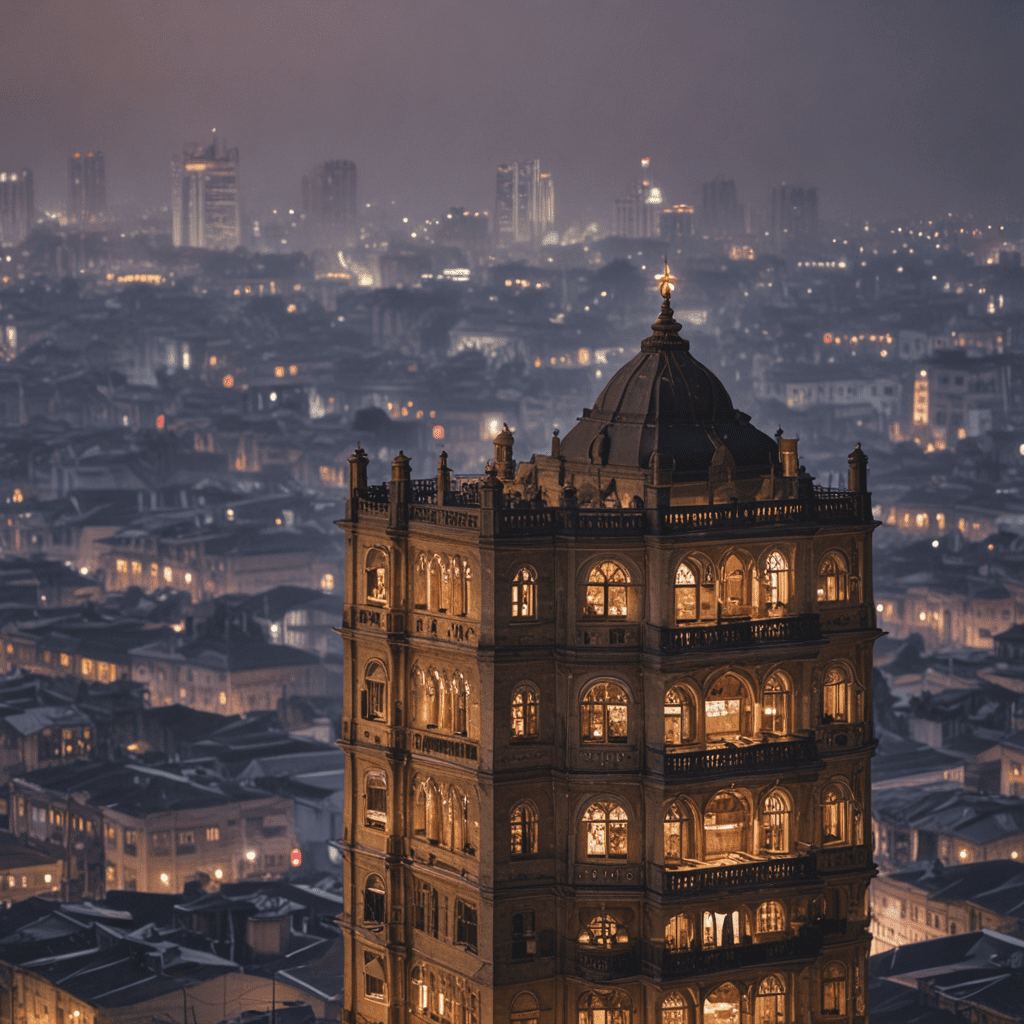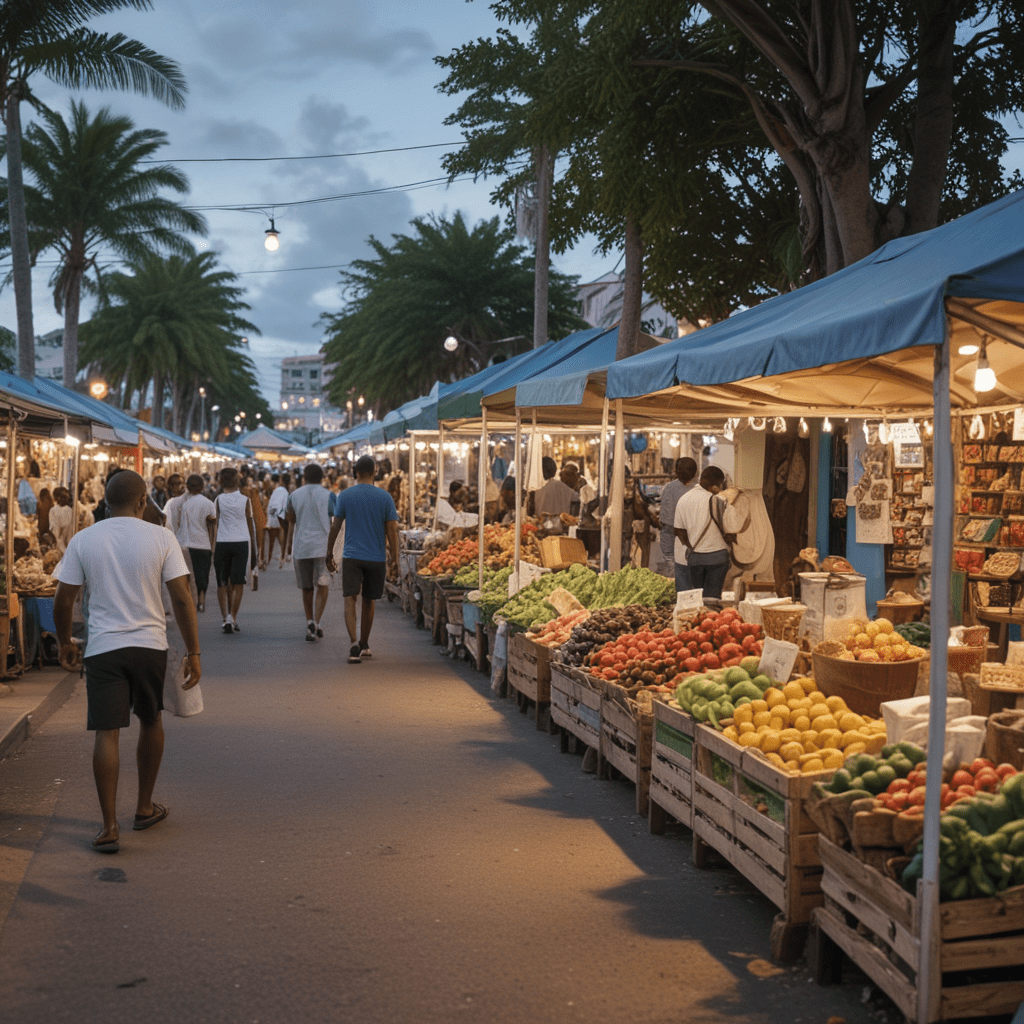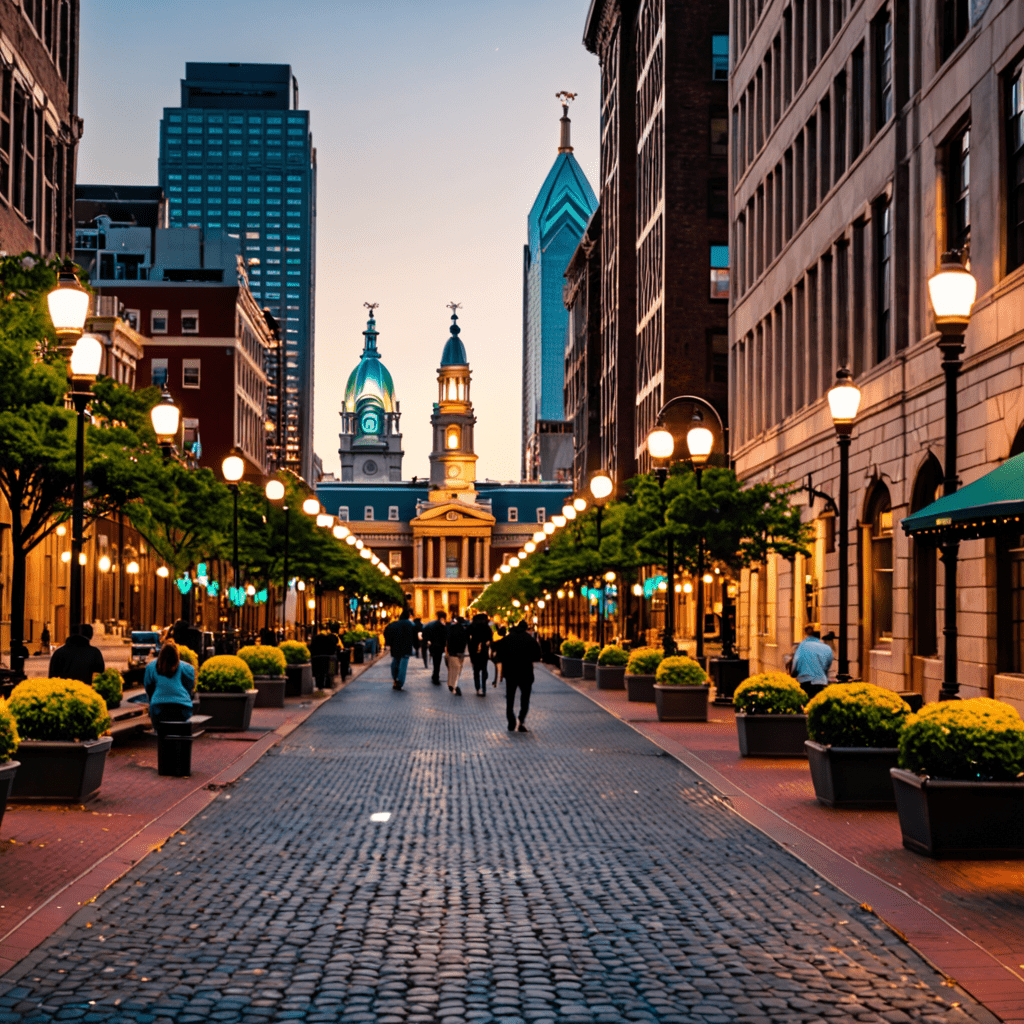The Architectural Wonders of Bangladesh
Bangladesh, a country rich in cultural heritage and architectural marvels, boasts an array of structures that captivate visitors with their beauty and historical significance. From the grand mosques and ancient temples to modern landmarks, these architectural wonders offer a glimpse into the country’s diverse past and present.
The Baitul Mukarram National Mosque
Towering over the capital city of Dhaka, the Baitul Mukarram National Mosque is the largest mosque in Bangladesh. Completed in 1968, this modern marvel combines traditional Islamic architecture with contemporary design. Its seven-storied minarets soar high into the sky, while the spacious prayer hall can accommodate over 30,000 worshippers.
The Dhakeshwari Temple
Situated in the heart of Dhaka, the Dhakeshwari Temple is one of the oldest Hindu temples in Bangladesh. Dating back to the 12th century, this ornate structure is dedicated to the goddess Durga and features intricate carvings and sculptures. The temple complex includes several shrines, a courtyard, and a large pond, making it a significant religious and cultural center.
The Lalbagh Fort
Nestled on the banks of the Buriganga River, the Lalbagh Fort is a magnificent testament to Mughal architecture. Built in the 17th century, this sprawling fortress boasts a series of palaces, mosques, and gardens. The centerpiece of the fort is the Lalbagh Palace, known for its exquisite tilework and decorative arches.
The Ahsan Manzil
Once the residence of the Nawabs of Dhaka, the Ahsan Manzil is a grand palace built in the 19th century. Blending European and Mughal architectural styles, this sprawling complex features elegant rooms, marble floors, and a beautiful garden. Now a museum, it offers visitors a fascinating glimpse into the lives of Dhaka's aristocratic elite.
The Star Mosque
Located in the northern city of Dinajpur, the Star Mosque is a unique architectural marvel. Constructed in the 18th century, this small mosque features seven onion-shaped domes and intricately carved minarets. The star-shaped floor plan and beautiful blue tiles give the mosque its distinctive appearance, making it a popular destination for tourists and pilgrims alike.
6. The Sixty Dome Mosque
Considered a masterpiece of Mughal architecture, the Sixty Dome Mosque in Bagerhat was built in the 15th century. Its iconic 60 domes, supported by 77 pillars, make it a unique sight. The mosque also features intricate terracotta decorations and a spacious courtyard, showcasing the grandeur of the Bengal Sultanate period.
7. The National Parliament House
The National Parliament House in Dhaka, designed by architect Louis Kahn, is a stunning example of modernist architecture. Completed in 1982, the building's circular design symbolizes the unity of the nation. Its massive concrete structure houses the legislative assembly, offering visitors a glimpse into Bangladesh's political landscape.
8. The Liberation War Museum
Dedicated to preserving the history of Bangladesh's Liberation War, the Liberation War Museum in Dhaka showcases the sacrifices and struggles of the nation's independence movement. Through interactive displays, historical artifacts, and personal accounts, the museum provides a comprehensive understanding of the events leading to Bangladesh's independence in 1971.
9. The Shahid Minar
The Shahid Minar in Dhaka is a symbolic monument commemorating the Language Movement of 1952. This iconic structure represents the sacrifice of students who fought for the recognition of the Bengali language. The monument's simple yet powerful design evokes emotions of nationalism and linguistic pride, making it a revered symbol of the nation's spirit.
10. The Bangabandhu National Stadium
The Bangabandhu National Stadium in Dhaka is the largest sports stadium in Bangladesh. Named after the Father of the Nation, Sheikh Mujibur Rahman, this massive stadium hosts national and international sporting events. Its impressive capacity of over 36,000 spectators and modern facilities make it a significant venue for sports enthusiasts and event organizers.
FAQs
Q: What is the most famous architectural wonder of Bangladesh?
A: The Baitul Mukarram National Mosque.
Q: Which architectural style is most prevalent in Bangladesh?
A: Mughal architecture.
Q: Which city is known for its architectural landmarks in Bangladesh?
A: Dhaka.
Q: Is it possible to visit the inside of the Lalbagh Fort?
A: Yes, it is open to the public.
Q: Can tourists climb to the top of the Sixty Dome Mosque?
A: No, climbing the domes is not permitted.


